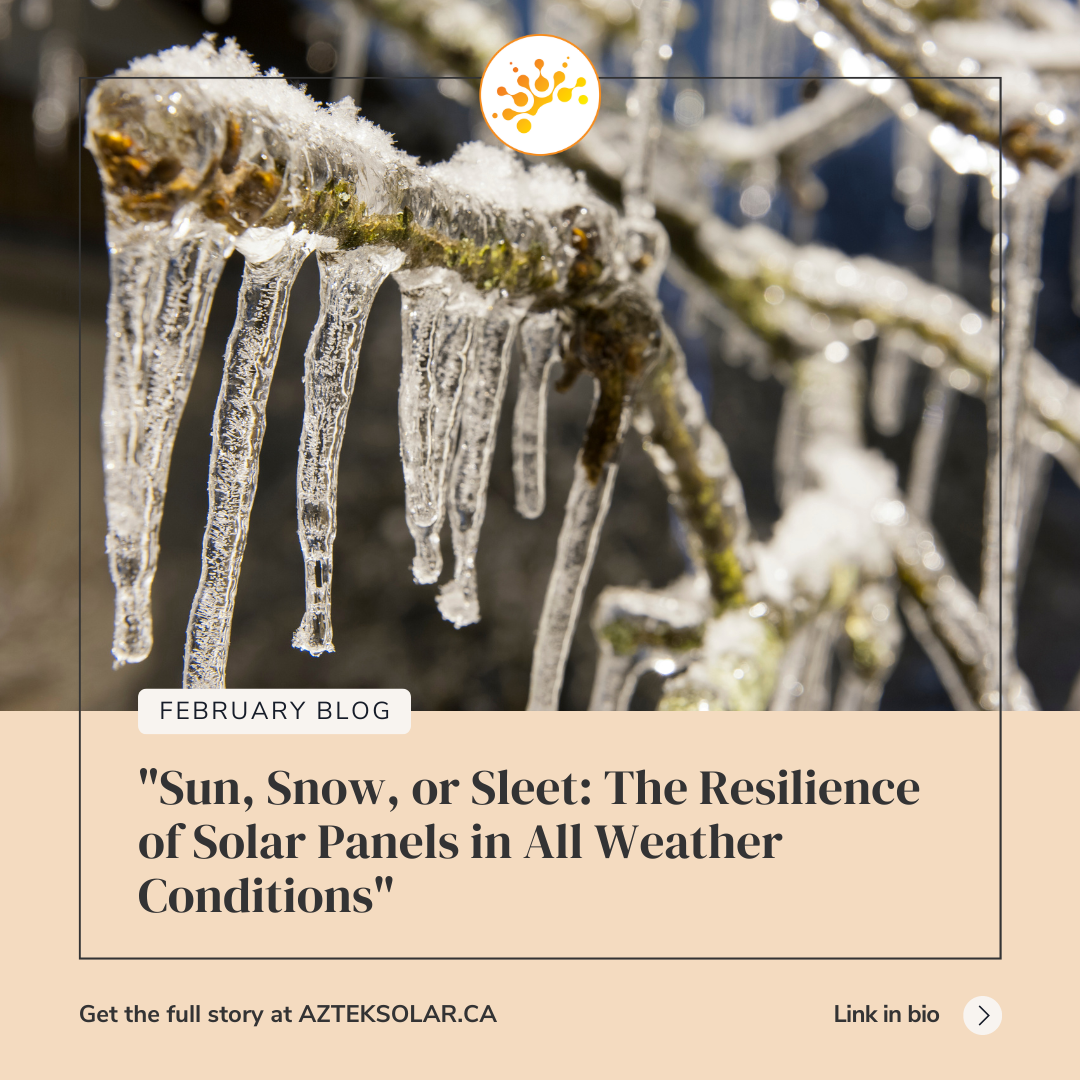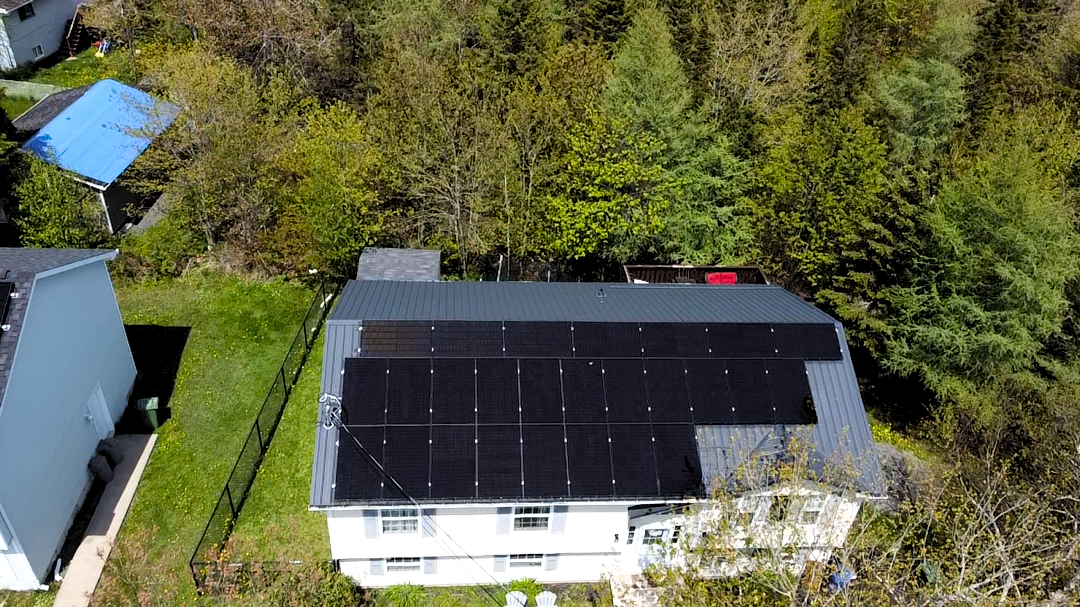What Direction Should Solar Panels Face In Our Canadian Hemisphere During The Winter?
Any circle drawn around the Earth divides it into two equal halves called hemispheres. The earth can be divided into four hemispheres: the northern and southern hemispheres split at the Equator, and into western and eastern hemispheres split at the Prime Meridian at Greenwich England. Canada, therefore, is in the Northern Hemisphere as it lies north of the Equator, and it is also in the Western Hemisphere as it lies to the west of the Prime Meridian at Greenwich England.
A solar panel will produce the most power when the sun’s rays hit its surface perpendicularly. Ensuring that solar panels face the correct direction and have an appropriate tilt will help ensure that they produce maximum energy as they are exposed to the highest intensity of sunlight for the greatest period of time.
The “Winter Sun”
The Sun rises in the East and sets in the West. But it's not really as simple as that. The path the Sun takes depends on where you are on the surface of the Earth and on the time of year.
During winters, the sun is relatively low in the sky and the northern hemisphere is tilted farthest away from the sun, causing it to receive less light and heat. This makes the days shorter and colder. The shortest day in this period is called the Winter Solstice.
During the short winter days, the Sun does not rise exactly in the east, but instead rises just south of east and it sets south of west.
Direction Of Solar Panels During Winter
In the northern hemisphere, the general rule for solar panel placement during winter is, solar panels should face true south. Usually this is the best direction because solar panels will receive direct light throughout the day.
However, there is a difference between magnetic south and true south that must be considered. Magnetic south is the "south" shown when a compass is used, and this south points to the Earth's south magnetic pole. Solar panels, however, need to face solar or geographic south, which is the direction towards the South Pole.
You can also increase the amount of sunlight reaching solar panels by rotating them slightly west of due south. In this position, they can collect more energy later in the day. After all, most people use their home appliances during the evening hours.
Optimum Angle During Winters
The “south-facing” panels should be tilted between a 30- and 40- degree angle. This angle varies and is just about equal to the latitude of your home (how far north you are in relation to the equator).
The reasoning behind this angle specificity is to ensure sunlight hits panels at a perpendicular angle, which produces the most energy. An angle along these lines also helps snow to slide off solar panels more easily during winter in the northern latitudes.
Some rooftops slope just about perfectly in a way that lets installers secure the panels flush against them and still be at a great angle for capturing the sun’s energy. Other rooftops might be steeper, or some others are flat. Depending on the type of roof you have, there are different mounting systems to help position your solar modules so that they can produce at their best.
Thanks for Reading!
Brian McKay
(aka The Solar Guy)


For more information about a Solar Energy Solution, including Whole Home Solar PV and Solar Pool Heating solutions for your home or business, please contact AZTEK SOLAR for your free on-site evaluation and ask about the $3,000 cash-back rebate now available.
AZTEK SOLAR is a leading Nova Scotia residential and commercial solar installer, serving Halifax, Dartmouth and the surrounding areas throughout rural Nova Scotia.
With expertise in a wide variety of systems, including Solar PV (grid-tied) systems, solar hot water and solar pool heating systems, AZTEK SOLAR has helped hundreds of Atlantic Canadian homeowners, farm operations, business owners and municipalities lower their energy bills while reducing their carbon footprint.
#SolarIsNow #RenewableEnergy #AztekSolar



